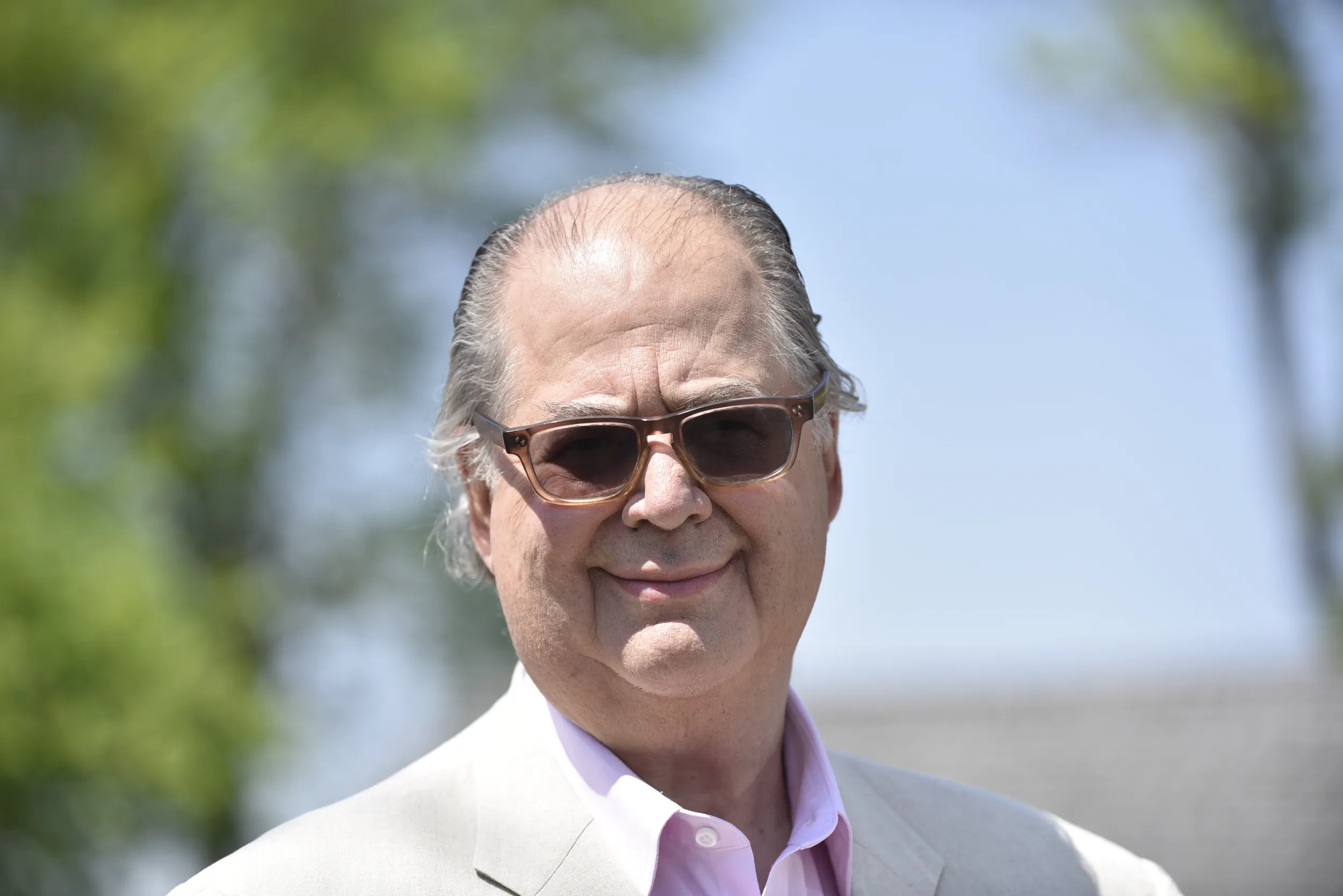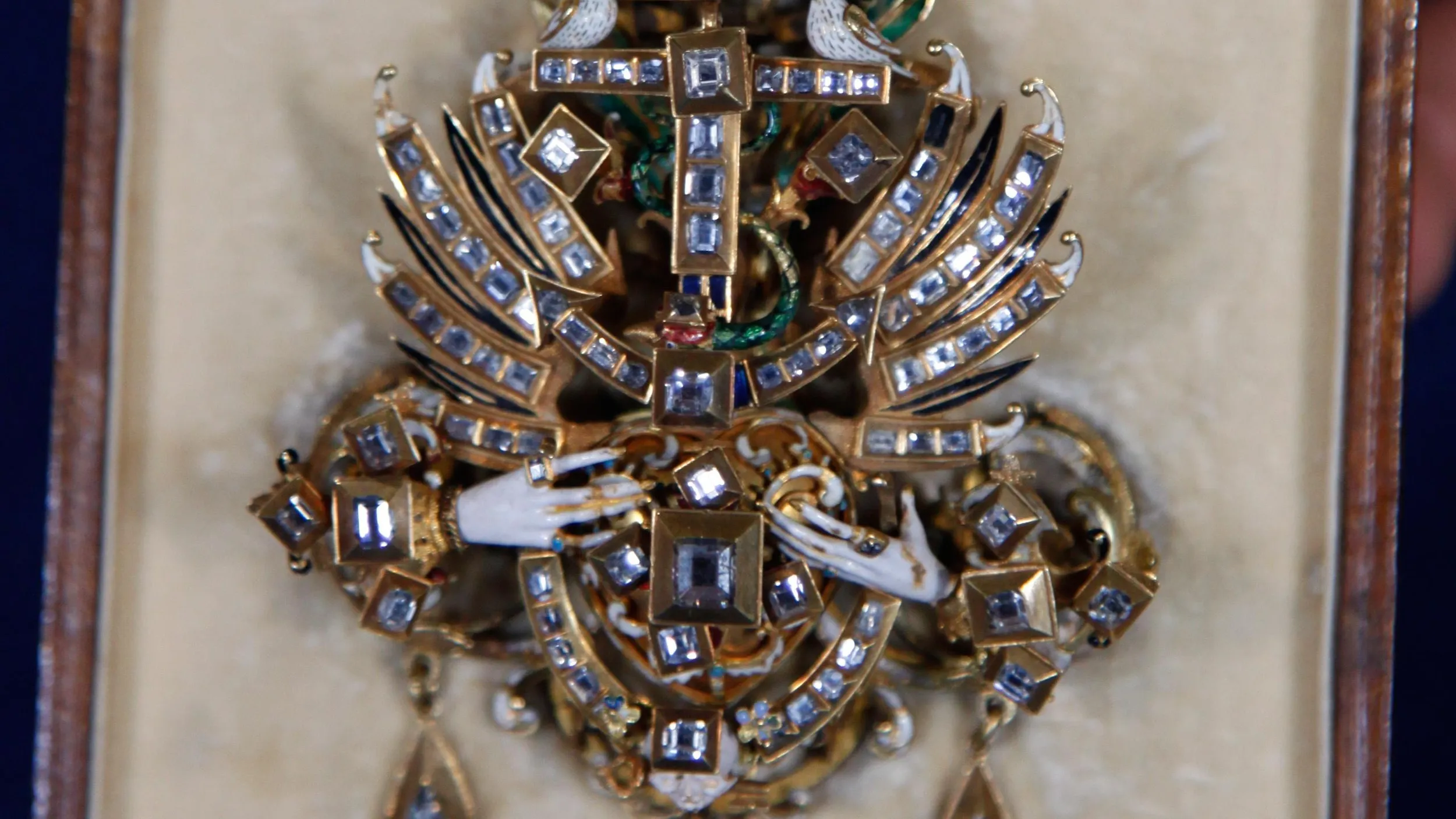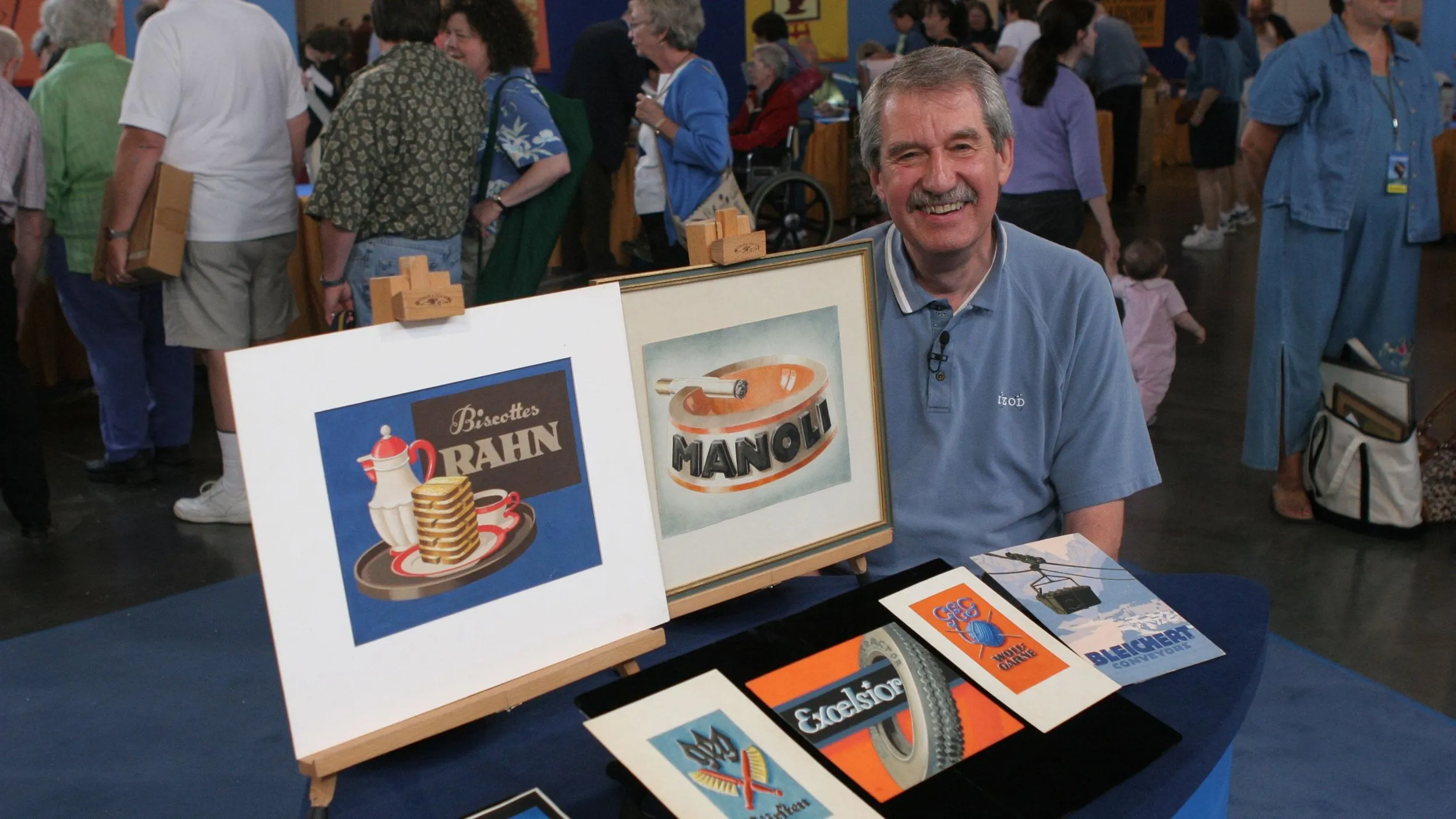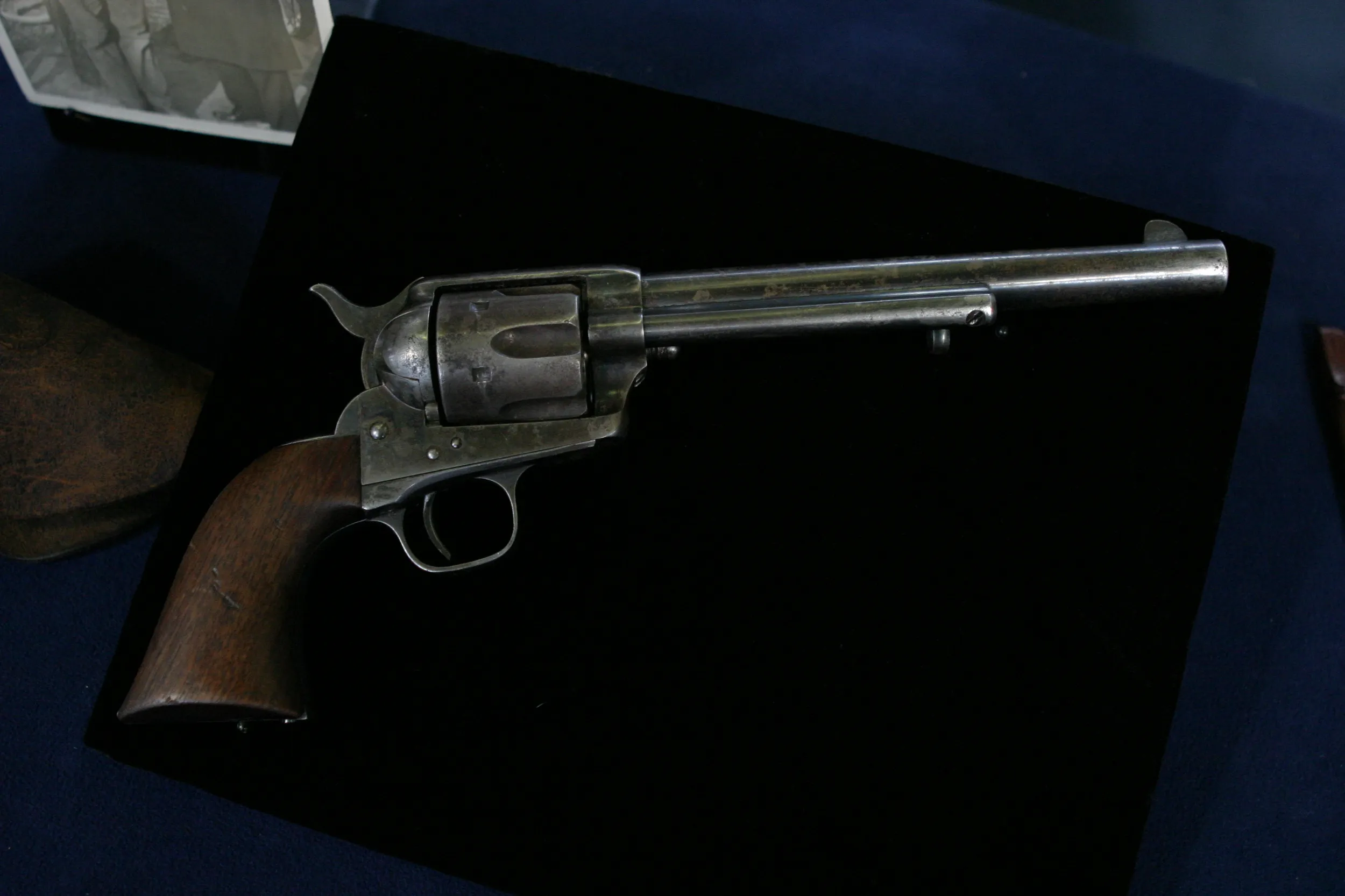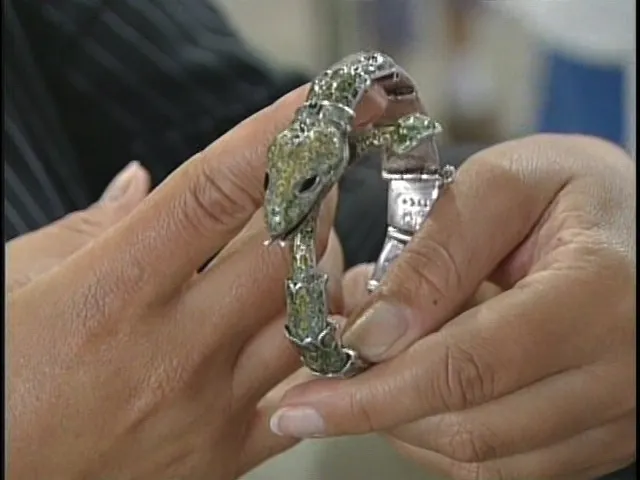GUEST: This came from my father's collection. He passed away a year ago this month, and he had a collection of bronzes, and he has three daughters. And he kind of divvied up the bronzes, and this is the one that I happened to get.
APPRAISER: Uh-huh.
GUEST: And it's one of my favorites.
APPRAISER: And do you know anything about it?
GUEST: I do know just a little bit about the artist. I know that she's from Philadelphia. I know a lot of people who look at the piece always say she looks like a hood ornament, and so we've always assumed that it might be a hood ornament. I use it as a paperweight or sitting on top of my books on my coffee table in my living room.
APPRAISER: And you said you knocked it over last week?
GUEST: No, my cats knocked it over.
APPRAISER: Your cats knocked it over. You've brought in a very exciting piece.
GUEST: Why, thank you.
APPRAISER: It's by an American artist named Harriet Frishmuth, who was very famous in her day. She worked in the early part of the 20th century. She studied in Paris with Auguste Rodin. And she also studied in New York with Gutzon Borglum. He was the sculptor of Mount Rushmore.
GUEST: Wow.
APPRAISER: Her works appear in many museums. The Metropolitan Museum of Art in New York has a huge, life-size figure. She made lots of figures of women, and she did quite a number of fountains. So she was very prominent in her day.
GUEST: Wow, yeah.
APPRAISER: And the piece you have is signed by her and is dated 1923, which is the high point of her career. It is a hood ornament for a car.
GUEST: Oh, okay, good.
APPRAISER: And I brought this book in, because there was a very famous foundry here. The Gorham Foundry...
GUEST: Uh-huh.
APPRAISER: Was here in Providence. And Gorham was known primarily for its silver work, but they did a lot of bronze work of extraordinary quality. And this is a catalogue from 1928, and here we have a picture of a hood ornament that Harriet Frishmuth also did. We've handled a lot of Harriet Frishmuth sculptures in our shop, and I've never seen this model.
GUEST: Wow.
APPRAISER: It's very, very rare. Hood ornaments for big cars started around 1911 with Charles Sykes, who did the Rolls-Royce emblem called "The Spirit of Ecstasy," and they became popular in the teens and the 1920s. And this would be on a car that would have one of those long hoods, and the radiator would be out front. It's beautifully cast. The patina is in very good condition. At auction, a piece like this would probably bring between $20,000 and $30,000.
GUEST: (laughing): Wow. (taps table) Wow-- that's awesome.
APPRAISER: Isn't it?
GUEST: That's retirement. It'll help my mom out. I mean, we said that if it was anything like that, we would possibly sell it if we could get that kind of money for it and give it to my mom, definitely.
APPRAISER: Okay, that's great.
GUEST: Wow.
APPRAISER: You have to keep it away from the cat.
GUEST: Yeah. (laughing): My sister is going to be, like, going, "Yes!"
